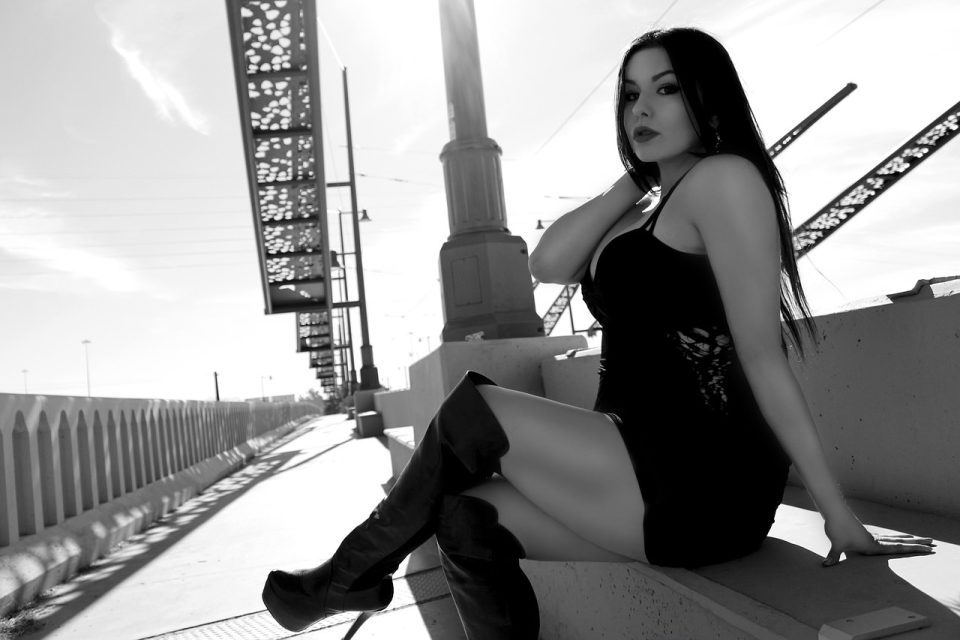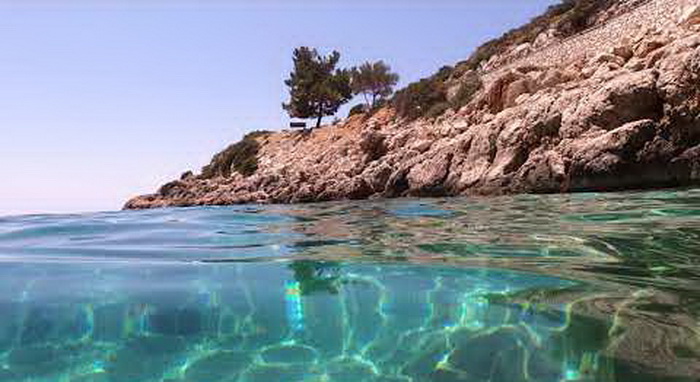The May 1968 protests in France were a significant moment in the country’s history, with far-reaching consequences that impacted not only politics but also culture and the arts. The protests, which began as student-led demonstrations against the conservative government of President Charles de Gaulle, quickly spread to other sectors of society, including workers and intellectuals. The protests lasted for several weeks, and during that time, they were marked by a sense of political and social upheaval, as well as a growing sense of disillusionment with the status quo.
One of the most significant impacts of the May 1968 protests on French art and culture was the emergence of new forms of artistic expression that challenged traditional notions of art and beauty. The protests were marked by a sense of creativity and experimentation, with artists and intellectuals coming together to explore new ideas and forms of expression. The movement was characterized by a rejection of the traditional structures of society, and this rejection was reflected in the art and culture of the time.
One of the most notable forms of art to emerge from the May 1968 protests was avant-garde cinema. Filmmakers such as Jean-Luc Godard, Jacques Rivette, and Agnès Varda created works that challenged traditional cinematic conventions, experimenting with new forms of storytelling and visual language. Their films often explored social and political issues, using the medium of cinema to raise questions about the role of art in society.
In addition to cinema, the May 1968 protests also had a significant impact on the world of literature. Writers such as Jean-Paul Sartre and Simone de Beauvoir were closely involved in the protests, and their work reflected the spirit of rebellion and questioning that characterized the movement. The literary movement known as the “nouveau roman” also emerged during this time, with writers such as Alain Robbe-Grillet and Nathalie Sarraute challenging traditional narrative structures and experimenting with form.
The May 1968 protests also had a significant impact on the world of theater. The “théâtre de l’absurde,” which had emerged in the 1950s, was already challenging traditional theatrical conventions, but the protests gave new impetus to this movement. The playwrights Eugène Ionesco and Samuel Beckett, among others, continued to explore the themes of existentialism and absurdity that characterized the theater of the time.
The impact of the May 1968 protests on French art and culture was not limited to the world of high art, however. Popular culture also underwent a significant transformation during this time. The French music scene, in particular, saw the emergence of new styles and genres that reflected the social and political concerns of the era. Singer-songwriters such as Serge Gainsbourg and Jacques Dutronc created music that was marked by a sense of experimentation and rebellion, while bands like Les Rita Mitsouko and Noir Désir explored new sonic territories.
The May 1968 protests also had a significant impact on French fashion, with designers such as Yves Saint Laurent and Paco Rabanne creating clothing that reflected the spirit of the times. The fashion of the era was marked by a sense of rebellion and experimentation, with designers eschewing traditional styles and fabrics in favor of more daring and unconventional materials.
The impact of the May 1968 protests on French culture and art was not limited to the 1960s and 1970s, however. The movement continued to have a lasting impact on French society, with many of the ideas and values that emerged during the protests continuing to influence the country’s cultural landscape. The protests were a catalyst for a new era of artistic and cultural experimentation, paving the way for new forms of expression and creativity in the decades that followed.
In conclusion, the May 1968 protests in France were a significant moment in the history of French culture and art. The movement challenged traditional structures and conventions, paving the way for new forms of artistic expression and experimentation. The protests impacted cinema, literature, theater, fashion, and music, and the ideas and values that emerged during the movement continued to influence French culture and society for decades to come. The protests were a response to the social and political tensions of the time, but they also represented a broader shift in the way that French artists and intellectuals thought about the role of art in society. The legacy of the May 1968 protests is still felt in French culture and art today, and the movement remains an important part of the country’s cultural history.












